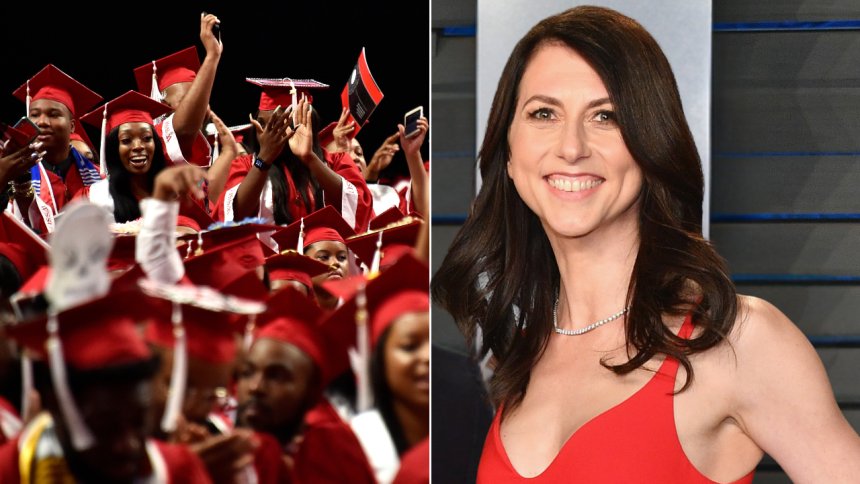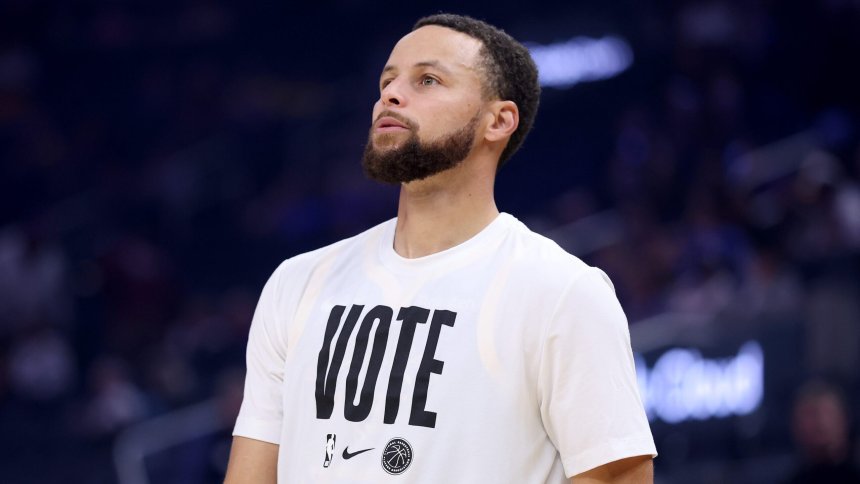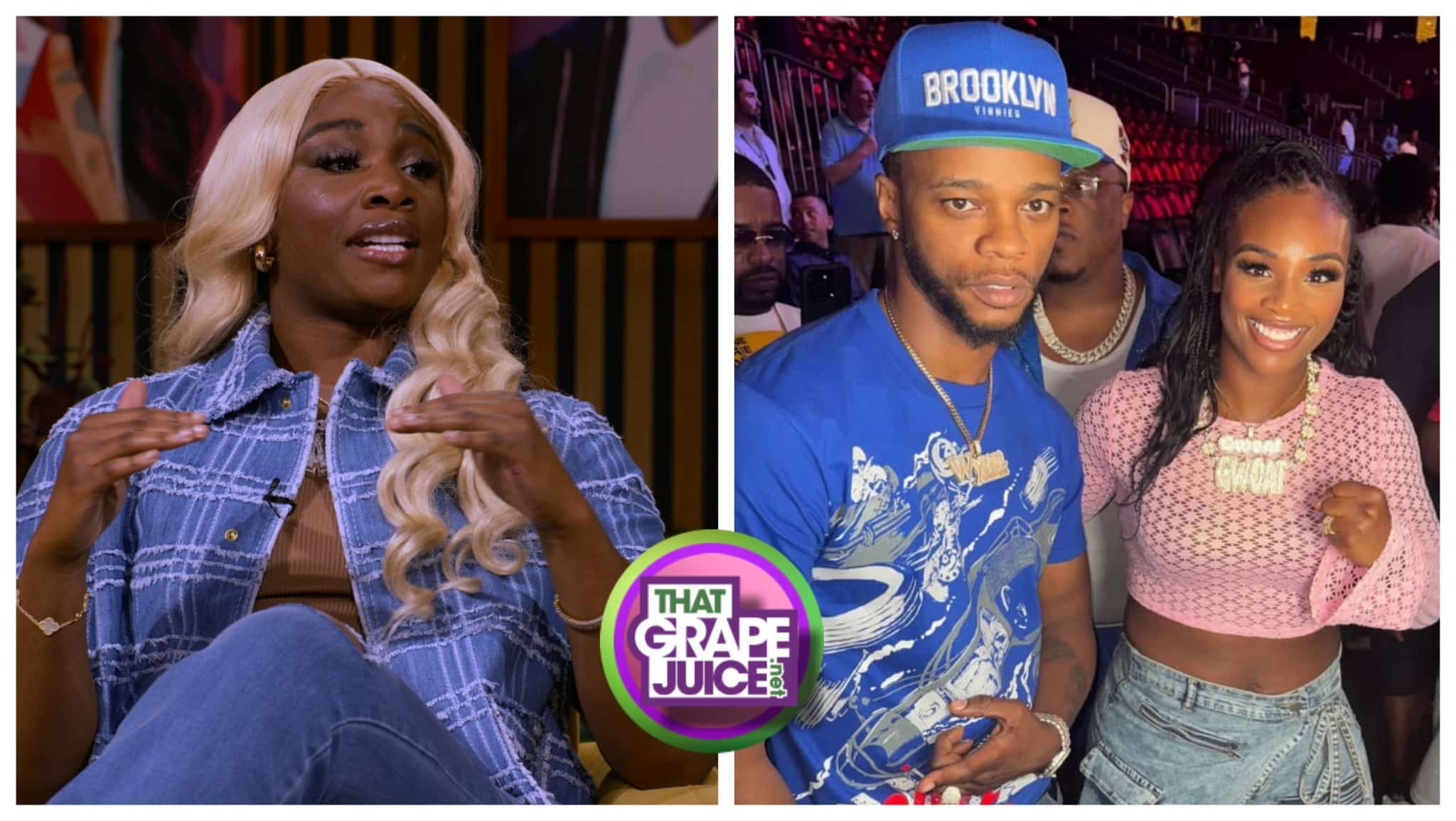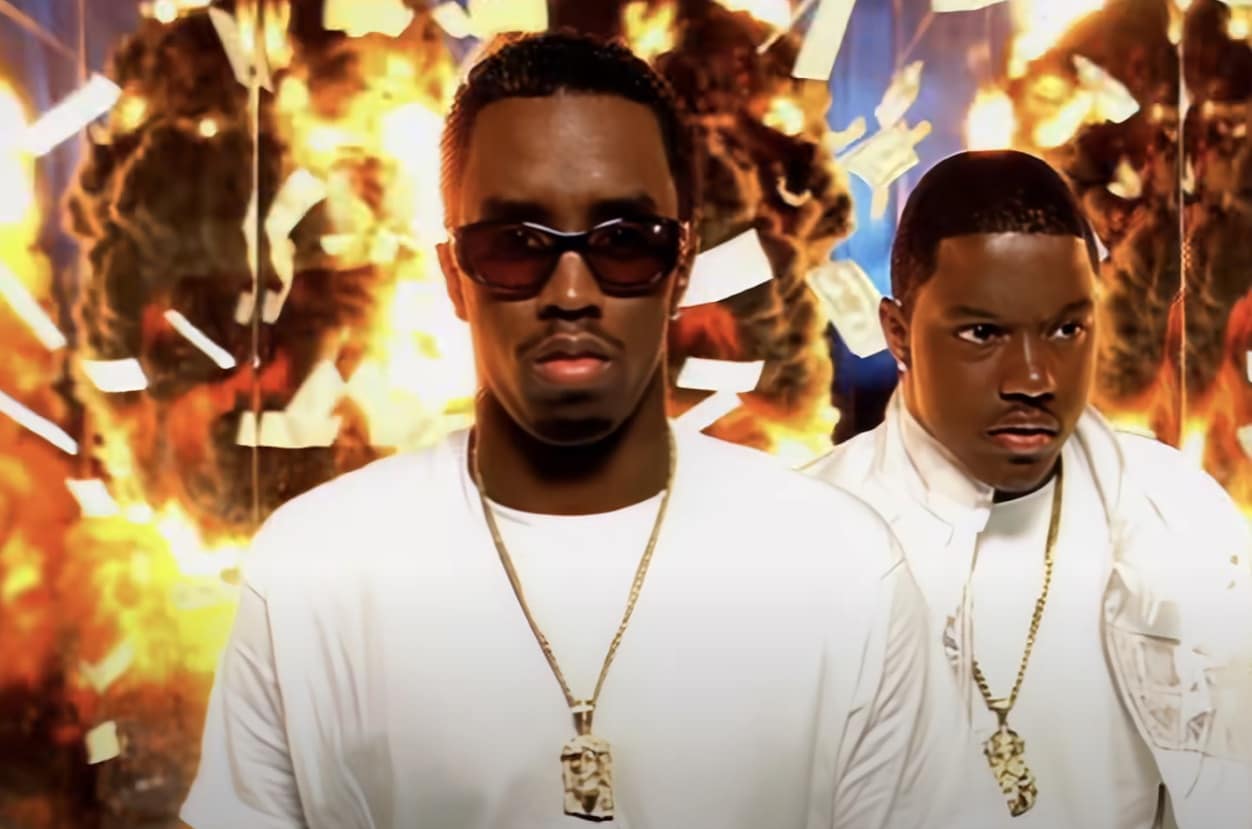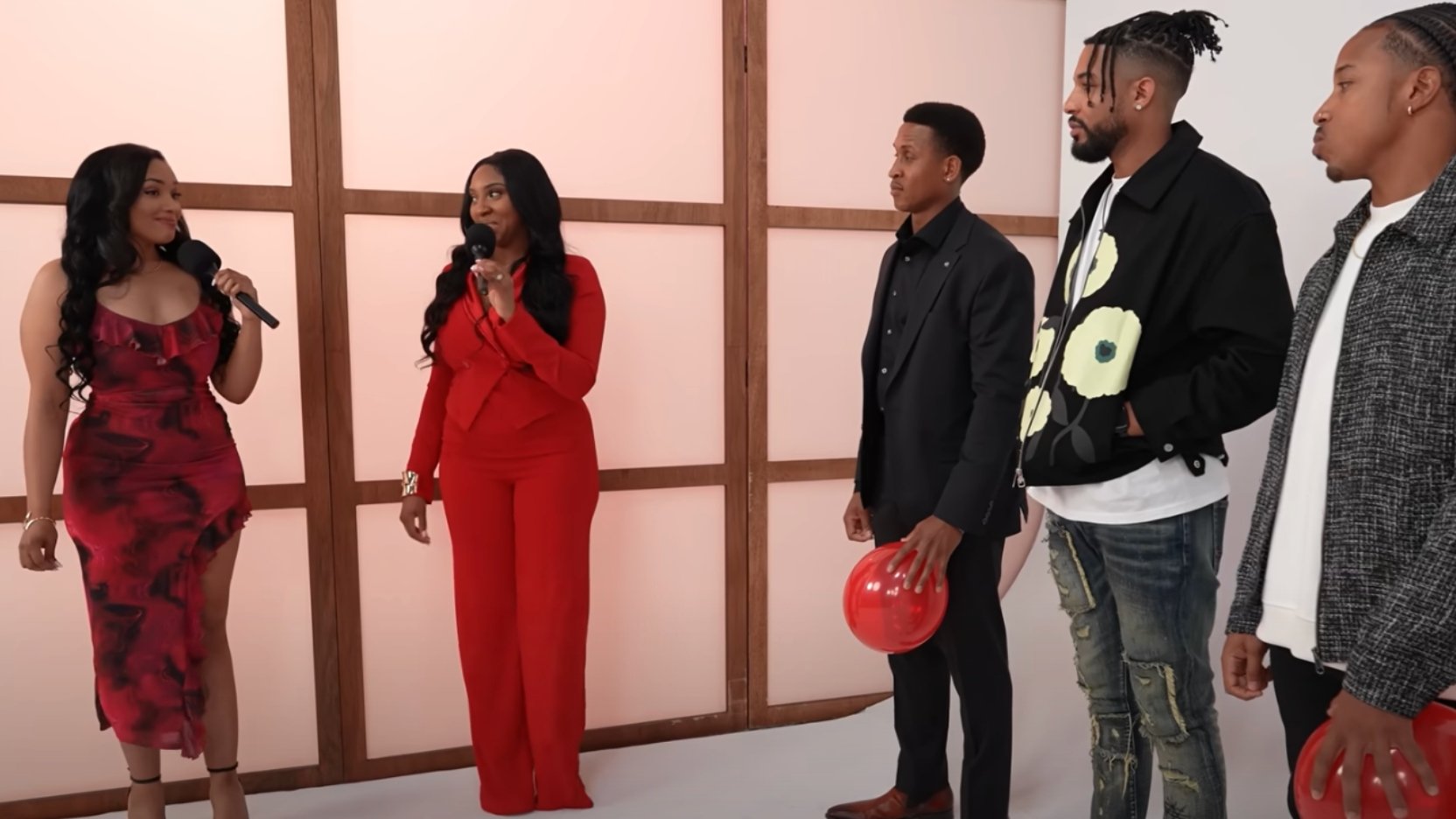What Minneapolis meant to Prince: A trip from Paisley Park to First Avenue
OPINION: A first-time visitor discovers how completely Prince’s legacy still shapes the city that raised him. Editor’s note: The following

OPINION: A first-time visitor discovers how completely Prince’s legacy still shapes the city that raised him.
Editor’s note: The following article is an op-ed, and the views expressed are the author’s own. Read more opinions on theGrio.
Until recently, I’d never had the opportunity to visit Minneapolis, a city that looms large—almost romantically—in my mind as the home of some of my favorite artists. Prince Rogers Nelson, better known as Prince, is the most obvious of that legion. Still, the production duo of Jimmy Jam and Terry Lewis (among so many others) is also from there. Because that duo is responsible for some of my absolute favorite music, I’ve long wanted to see what it was like to be there and feel the spirit…ya know, in Minneapolis. Janet Jackson sing-yelled “Minneapolis!” towards the end of the song “Escapade” on her (arguable) magnum opus, “Rhythm Nation 1814,” so even as a 10-year-old, I knew there was something special about that place.
Perhaps inappropriately, I also knew that Lake Minnetonka was nearby, having watched Apollonia “purify” herself in waters that weren’t Lake Minnetonka in one of “Purple Rain’s” most famous (infamous?) scenes, and I guess…you know what, I never should have seen that, so never mind.
Anywho, I was recently granted the opportunity to visit Minneapolis and attend the premiere of the stage play adaptation of “Purple Rain”—there were no water scenes for purification purposes, as it makes its pre-Broadway run in the only city that makes sense to debut a play centered around one of the city’s most famous musicians. In my household growing up, Prince was always there. I saw “Purple Rain” as a child (parents were wild in the 1980s), and we had Prince albums, CDs, and cassette tapes in abundance. The soundtrack to the film has been a part of my life for as long as I can remember, and “I Would Die 4 U” is one of my absolute favorite records of all time. Not only did I get to see the play, I also got to visit Paisley Park, Prince’s famous recording studio/residence, and the place where he unfortunately passed away on April 21, 2016. 
There’s no visit to Minneapolis, especially with Prince as the focus, without visiting the famous nightclub First Avenue & 7th Street Entry, which is as literal a venue name as you’re going to get. If you’ve seen “Purple Rain,” then you’re more than familiar with the venue that plays a central role in so many of the film’s biggest moments. I have to say here, there’s something eerie about visiting all of these places that I know of, mostly because of Prince. I feel like his presence was everywhere, and I couldn’t shake the feeling that, well… he’s still supposed to be around Minneapolis, popping up on people in venues, including the one he arguably made famous. I got a chance to stand on the stage and see the famous exterior walls that had stars of so many of the famous artists who’ve graced the stage at First Avenue.
I was also able to go on a Prince-centered sightseeing tour where I saw the North Minneapolis neighborhood where he grew up (including various homes he lived in), even visiting the venue where he played his first professional gig, the Capri Theatre on West Broadway. I stood on the stage (well, the place anyway) where the Prince legend began its global journey. The journey of his journey even took us to the record store he ventured to shortly before passing, Electric Fetus, where you can see the list of what albums he bought on his final trip.
Let me just say this, as a huge fan of an artist, I feel like it’s rare to be able to truly feel their presence in a city. Sure, there are landmarks most cities will mark for public consumption, but Minneapolis is just different. There are Prince murals all over the place. And I mean that literally. There are big murals and small murals and pictures and Prince symbols…everywhere. I’ve never been to Gary, Indiana, so perhaps the Jacksons’ musical legacy is stamped all over that city, but what Prince means to Minneapolis feels different. Maybe it’s because he never left and seemed to care about where he was from so much, but it’s palpable. 
I took a trip to George Floyd Square, in the south Minneapolis neighborhood that became the epicenter of protests in 2020 after the police killing of George Floyd. I walked around the streets, and what surprised me was just how small it was; it could have been ANY neighborhood in ANY city in ANY state. Of course, the intersection of 38th and Chicago Streets is now a living monument to those felled by police and filled with art and murals, and such. I was moved by being there, mostly because of the super local nature of it. A block away in either direction are rows of single-family homes, a Boys & Girls Club, and churches.
I was taken aback by the smallness of the space, while the tributes in art and word ensure that the gravity of what happened there is unforgettable. I mention all that as both a nod to the depth of the city—the neighborhood maintains George Floyd Square; it wasn’t part of a tour in a “check this out!” kind of way—but also because even in the middle of all the art dedicated to what happened there five years ago, I saw a sculpture of the Prince symbol, placed right next to one of the Black fists that outline George Floyd Square.
Prince…is everywhere. 
Which brings me to Paisley Park. About 30 minutes southwest of the city is Prince’s studio and sometimes residence, where he recorded music for so many of his own albums and for others like Tevin Campbell and REM, etc. Prince was an inspiration to many; so many artists from the recently departed D’Angelo to Janelle Monae and more, refer to Prince directly. His spirit is felt all through his studio, which included the famous basketball court that made the term “Game, Blouses” famous in households across America in the early aughts, thanks to Charlie Murphy and Dave Chappelle. (I definitely said that while there.)
It’s both cool and surreal to be inside a studio where the music for “Batman” was created, or songs from “Musicology” or any number of Prince hits were built and crafted. I got to see his actual instruments, ones he used to make songs that changed my life, and even play ping pong inside Studio B. I sat on a replica of his motorcycle from “Purple Rain” and saw all types of cool memorabilia while marveling at how significant all of it is to the American pop culture landscape. You can’t take pictures inside the studio and have to put your phone inside a pouch that you carry with you through the space, but you can in the still in use soundstage area that has other relics from his life: some cars, clothes, pianos, etc. The Prince enthusiast in you absolutely needs to see this place at least once. 
What can I say about the play? See the play. Actually, let me say this: I hope this play makes it to Broadway in New York City, and for a few reasons. First, the music is phenomenal, but secondly, the play updates the film, which is about as 1980s a movie as you can get in both the best and worst ways. It’s…something…to watch that 1984 film with 2025 eyes. The play more or less addresses and updates a lot of the more problematic things and reimagines others. I left the theater feeling full. An artist that, despite his place in history, who still doesn’t quite get his just due is being (additionally) immortalized via a stage play. The purpleness of the space was like a warm hug. It was an opportunity that I’m so glad to have had that I won’t soon forget.
And what about the Minneapolis of it all? I really liked Minneapolis. I have no idea why, I think I’m getting old, but it felt neither too big nor too small. I had amazing food while there at a restaurant named Ga Noi. I can still taste the Drunken Udon noodles I had, and I enjoyed the food hall vibe of The Market at Malcolm Yards. I even had an authentic Jucy Lucy at Matt’s. 
I saw an American city that birthed some of the most significant music of all time and got a feel for various parts. It felt comfortable. I walked on city streets where some of my idols might have once trudged, and while I still have no idea why Minneapolis produced SO many artists who were intent on changing the way I listened to music, I could feel the appreciation the city seemed to have for all of those people.
There were diverse neighborhoods that had different looks and feels, and the mighty Mississippi River runs through it. It was pretty. It was peaceful, and it was full of Black people, which I’d heard, but it was surprising to me that from the skywalks through downtown to every part of the city I traversed, we were there. Yes, it’s a major city, but it’s Minneapolis. I guess Janet tried to tell me.
One last thing, Minneapolis’ airport? Atlanta airport-lite. The airport totally caught me off guard. I definitely should have put more respect on MSP’s name. With that said, Minneapolis owes me nothing, and I’m glad I got to experience a little bit of Prince’s world, even for a few days.
Because in Minneapolis…Prince is everywhere.

Panama Jackson is a columnist at theGrio and host of the award-winning podcast, “Dear Culture” on theGrio Black Podcast Network. He writes very Black things, drinks very brown liquors, and is pretty fly for a light guy. His biggest accomplishment to date coincides with his Blackest accomplishment to date in that he received a phone call from Oprah Winfrey after she read one of his pieces (biggest) but he didn’t answer the phone because the caller ID said “Unknown” (Blackest).
Share
What's Your Reaction?
 Like
0
Like
0
 Dislike
0
Dislike
0
 Love
0
Love
0
 Funny
0
Funny
0
 Angry
0
Angry
0
 Sad
0
Sad
0
 Wow
0
Wow
0
